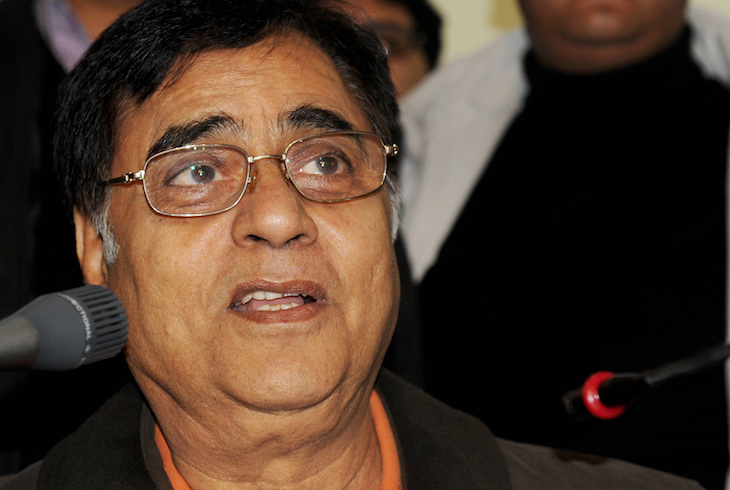Walking into Fingal’s Cave, after scrambling across the rocks to reach it from the landing stage where the boat from Mull arrives, is a strangely emotional experience. It’s not just the extraordinary landscape, the precise, almost unnatural shaping of the hexagonal basalt columns that rise up high above you, the screeching of gulls and roaring of the sea as it enters and leaves the cave. That’s enough to provoke a sense of wonder. But there’s also so much history attached to the place since it was discovered by the Romantics and became the epitome of the sentimental landscape, awesome in scale, and also quite frightening. Mendelssohn, Walter Scott and Turner between them set off the fashion for visiting the cave; even Queen Victoria braved the rocking sea to experience her own moment of insignificance.
On Sunday night’s Between the Ears on Radio 3 (produced by Kate Bissell) it was possible to listen while at the same time taking a virtual visual trip into the cave. I have to confess that listening was enough for me, as we were taken inside it to hear the astonishing booming sound, created by the sea pushing the air back into the cave’s darkest depths and then being released as the sea retires in an explosive whoosh that on a clear day can be heard as far away as the island of Iona. The recordings were made by a group of researchers from the Glasgow School of Art’s School of Simulation and Visualisation and the National Trust for Scotland who camped on Staffa in small tents in the rain, hauling all their gear, food and water up a steep set of steps and two metal ladders to the top of the cliffs. They were lucky to catch the cave in its naked state, no one else there.
Alongside their actual recordings we could also hear Aaron May’s specially commissioned sound composition, created without him actually visiting Staffa, instead relying on what those recordings captured. His score revealed the cave’s melodic possibilities, its echoey chamber inspiring sounds almost like cathedral plainsong yet given another dimension by the natural soundtrack incorporated within it. An atmospheric half-hour.
The sea featured strongly, too, in the programme that followed on Radio 3, The Art of Rowing with Mary Wollstonecraft, which took us back to the extraordinary journey that the writer of A Vindication of the Rights of Woman made to Scandinavia in the early summer of 1795, taking her one-year-old daughter and French nanny with her. Wollstonecraft was in a highly emotional state, heartbroken to discover that her lover Gilbert Imlay had abandoned her and their child. Undeterred, she decided to set off in pursuit of the silver treasure that Imlay had lost when the ship in which it was being sent to Sweden disappeared somewhere off the coast of Norway. The letters she wrote back to Imlay from this trip, published in 1796, are nothing like the feminist firebrand of her polemical work. One critic said: ‘She has made me in love with a cold climate.’ Desperate to regain Imlay’s love, undone by her feelings of desolation, Wollstonecraft is inspired by the savage Scandinavian landscape to battle on, learning how to row in an act of defiant determination and finding within that physical exertion a solace for her mental agony.
In her programme (produced by Sara Jane Hall) Dr Lisa Mullen brings Wollstonecraft into the modern world showing how what she writes about motherhood is still so relevant. Her struggles as a single mother and fears for her daughter: ‘I dread to unfold her mind lest it should render her unfit for the world she is to inhabit.’ Her realisation in the midst of her own emotional chaos that it’s up to women to keep a healthy balance between mental and physical activity because ultimately it is women who shape society. ‘I stretched out my hand to eternity, bounding over the dark speck of life to come,’ she writes in those letters. So much was contained in such a short programme, just 15 minutes.
On Radio 4, The Art of Now took us this week to Istanbul and the music of arabesk, created in the 1960s originally as a response to the huge migration to the city from the countryside. It began as an expression of hope mixed with the bitter realisation that life does not work out as we dream, says Isobel Finkel in Istanbul’s Factory of Tears (produced by David Waters). She moved to Istanbul in the 1960s and has seen the city grow from 1.5 million to around 16 million. ‘Where’s your home town?’ is a common question in a city that has now become a microcosm of the country as a whole, gathering in settlers from across its vastness.
By the 1980s arabesk music, a blend of Turkish folk and Western pop, had become so popular that the government became suspicious of it. ‘The Turkish state has decided to free the Turkish people from this addiction,’ it declared. Needless to say, their efforts to suppress arabesk were futile, and it survives, songs wallowing in ‘the exquisite cruelty of fate’ and nostalgic for a simpler life back home amid the natural world.






Comments